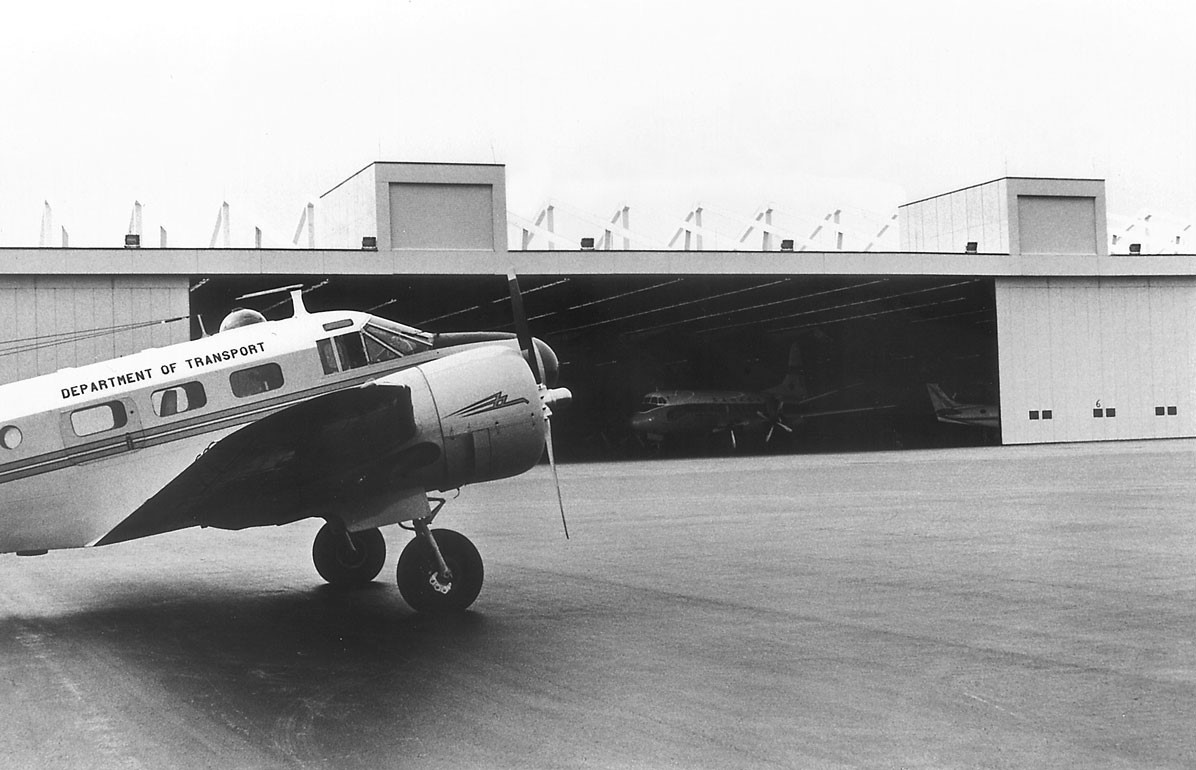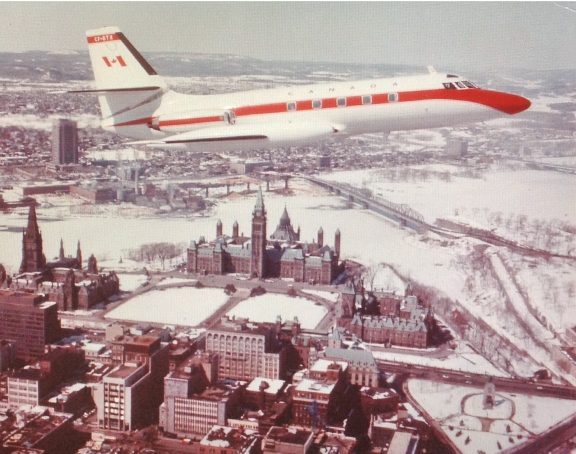As a multi-fleet air operator supporting many departments throughout the country, the employees of Transport Canada’s Aircraft Services have delivered critical safety and security services to Canadians over the last 85 years.
Since Aircraft Services was established, the leadership, talent and expertise of a dedicated team has inspired growth and development within the department and the aviation sector. They are responsible for providing, maintaining, and modifying aircrafts and providing services to:
- Canadian Coast Guard
- Department of Fisheries and Oceans
- Department of National Defence
- Royal Canadian Air Force/Aeronautical
- Royal Canadian Mounted Police
- Transportation Safety Board of Canada
- Engineering Test Establishment
- Ottawa Police Services
Aircraft Services’ headquarters are located in Ottawa, and its employees provide support to 14 bases across the country in areas of aircraft maintenance and logistics services, flight operations, aviation safety management services, surveillance, engineering services, training, finance, and administration.
Let’s fly back in time…
1936: Creation of the Transport Act, the first Department of Transport, and the beginning of Aircraft Services
In 1936, the Transport Act was created, generating the first federal Department of Transport. C.D. Howe, former Minister of Trade and Commerce, united the functions of three departments: Railways and Canals, Civil Aviation, and Marine. Howe created Aircraft Services to deliver an elite transportation service to transform Canada’s economy.
As the aviation industry evolved, Aircraft Services expanded to reflect new operational demands.
1940s: Aircraft fleet expansion
With the advancement of Air Navigation Systems such as radios, airport towers, and navigation beacons, a fleet of aircraft was reengineered to deliver tasks, including periodic inspections and calibrations of navigation aids. The fleet continued to expand with the acquisition of helicopters for shipboard operations.
1950s – 1970s: Further growth
Demand for formal oversight increased. The Department of Transport developed a framework to leverage the expertise of pilots to write regulations, conduct check-rides of commercial pilots, investigate accidents, and monitor operators to ensure safe operations.
By the 1970s, Aircraft Services was the third-largest Air Operator in Canada.
Hangar built in 1961 – Aircraft Services Headquarters – Ottawa, Ontario
In 1991, the National Aerial Surveillance Program was launched to monitor and prevent pollution from ships and to better protect the marine environment from the effects of shipping along Canada’s massive and varied coastlines. Today, we celebrate over 30 years of eyes in the skies.
In 1998, the Department of Transport added the Training Centre, home to the following full flight simulators, which re-create aircraft flight and the environment in which it flies for pilot training and design purposes:
- The Citation C550
- The King Air C90A
- The Bell 412 EPI
- 429 Helicopter Flight Simulator
The C-FETN Jetstar (above) used to fly Canadian Prime Ministers and Canadian and foreign officials and dignitaries both in Canada and abroad from 1962 to 1986. On retirement from service, the aircraft was flown to The Canadian Aircraft Museum in Rockcliffe, ON, on June 9, 1986.
2000s to present
In 2008, Transport Canada implemented the Safety Management System. In 2015, the team acquired a large remotely piloted aircraft system to support the National Aerial Surveillance Program in the Arctic. Just last year, a third Dash-8 plane was added to the NASP fleet.
Over the years, the NASP has evolved significantly by adding new aircraft, new technology, and new people–all with the shared goal of preventing pollution in Canada’s waters, protecting our marine environment and wildlife, and ensuring a safe and efficient transportation industry along our coastlines.
In addition to pollution and marine mammal detection, the NASP has supported national security events, police investigations, search and rescue operations, humanitarian efforts, and civil emergencies.
Since January 2020, the organization has continued to provide essential operations to Canadians while navigating the challenges of the COVID-19 pandemic.
Transport Canada’s Aircraft Services is a family – a team that is stronger together. Over the last 85 years, Aircraft Services has navigated vast organizational change, financial growth, and hardships. They have celebrated milestones like retirements after life-long careers and overcame difficulties like the tragic loss of colleagues, who are still missed today.

